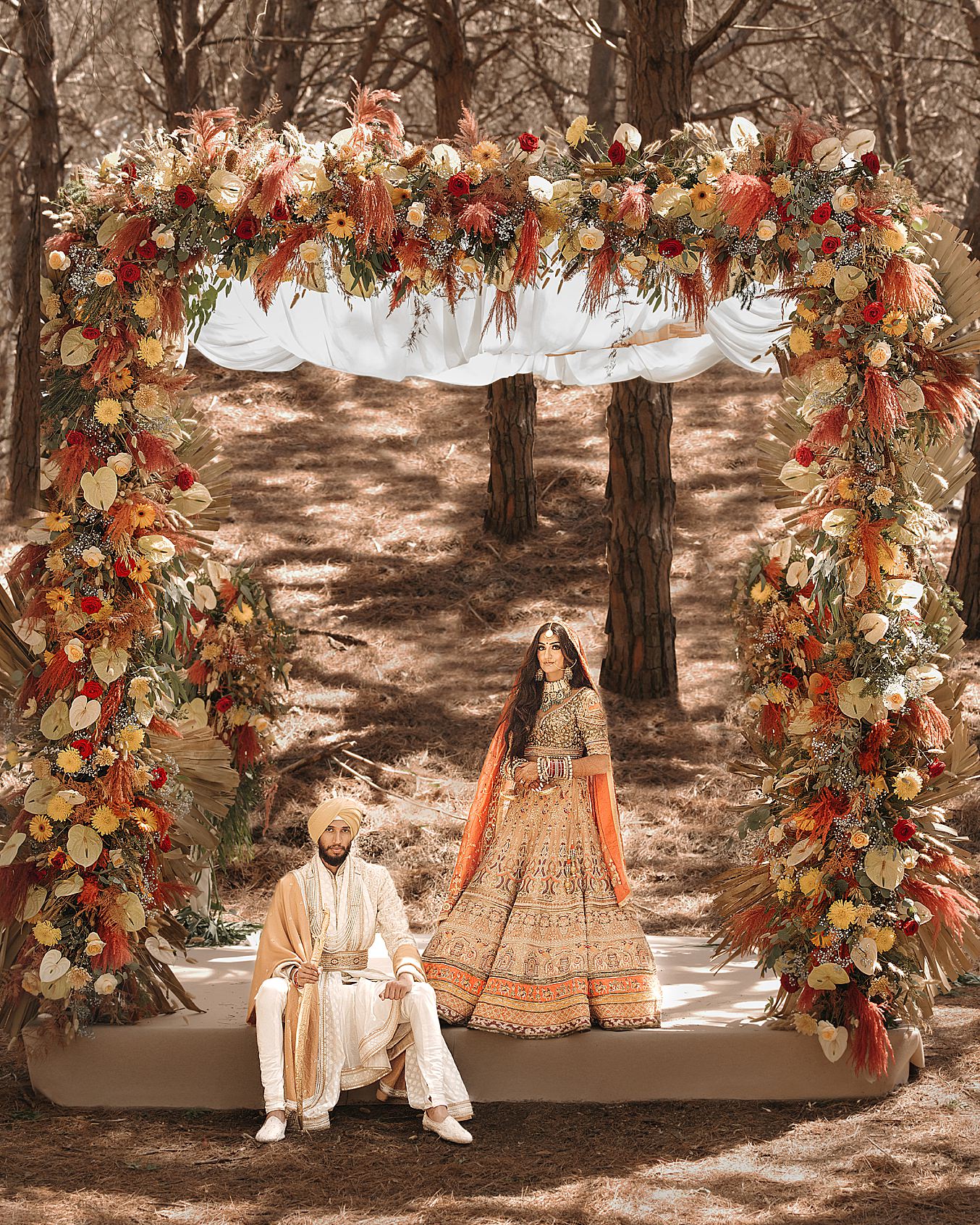A Brief History of Henna

Before Henna became the body art that we know it as today, it was used as a cooling method. Men and women alike would soak their hands and feet in a henna solution, but how did this lead to the far more common intricate body-art designs? When people soaked their hands and feet with Henna for the cooling effect, the henna would stain their skin, and as it began to fade it would leave patterns. This reportedly led to the idea of using henna for the artistic, delicate designs seen in modern times. But where did Henna originate from?
Origin
It can be hard to pinpoint exactly where Henna originates from due to the centuries worth of cultural interaction and the movement of peoples. While there is evidence of the use of Henna as decoration being used as early as the 7th millennium BC, it’s more commonly known that the earliest civilisations to have used Henna included the Babylonians, Assyrians, Semites, Canaanites, Ugaritics and Sumerians. Henna can be traced to the 4th and 5th centuries too, with clear illustrations on Bodhisattvas and deities of cave wall murals suggesting that this is the case – this would ultimately mean that Henna had been used in India hundreds of years before the inception of the Islamic religion.
Culture and Medicine
Henna has been used worldwide for hundreds of years both culturally, and medicinally. Whether it’s used culturally for self-expression, celebration of a special occasion such as a wedding or birthday, reminders (similar to tattoos), beauty, cosmetic treatments or inspiration, or medicinally through blessings and well-being and a range of topical treatments, Henna has been used and is still being used in cultures all over the world. Medicinally, Henna is considered an herb and it has been long-believed that it has healing qualities. While it isn’t ingested or inhaled, Henna can be applied to the skin surface to help solve a range of ailments including headaches, burns, sunburn, stomach pain, open wounds, athlete’s foot, and can even be used as a fever-reducer or to prevent hair loss.
Tradition
One of the most commonly-thought of uses of Henna is in religious or cultural traditions. In Africa, Pakistan, India and the Middle East, Henna is traditionally used for weddings, birthdays, and even religious or public holidays if the occasion calls for it. The Mehndi (henna) Night is a night where the bride, her family and her friends all get together to celebrate the coming wedding. With games, music, dance performances, the night is quite simply a celebration of the bride, who will get extensive henna patterns done on her hands and feet, that will travel down to her elbows, and possible even her knees. This can take hours, and are often done by multiple henna artists. Guests can also, and regularly do, get small designs on the backs of their hands as well.
Modern Use in the West
People in the western world have quickly adopted the more ancient traditions of decorating their bodies with henna, but most notably it became popular in the 90’s in America. Celebrities like Xena, Liv Tyler, Gwen Stefani, Madonna and more all proudly adorned their bodies with henna, and often showed them off in public, movies, videos and more. It was often found that the adoption of henna designs also came with the adoption of the traditions too, with many people in the west decorating their skin for weddings, pregnancy and sometimes even while going through Chemo or to cover any number of other scars.
This beautiful art form has become a big part of worldwide culture, and is still used widely and fondly today. Whether it’s for a cultural tradition, or simply because you find the art form to be beautiful, henna body art especially is a timeless art that many still practice or receive worldwide.

